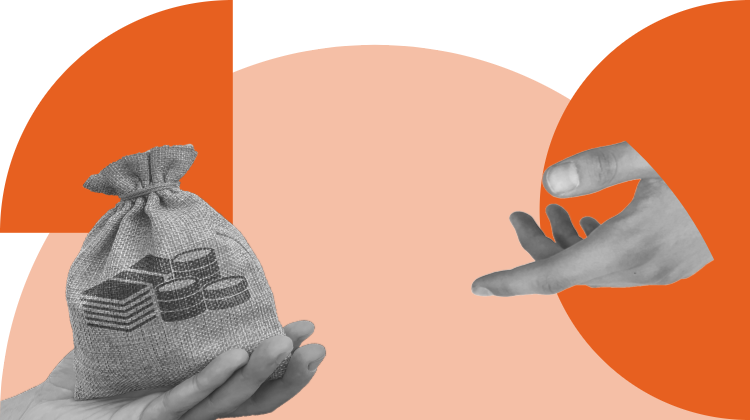BNPL
BNPL users have less access to credit, but they outpace non-BNPL users in the use of credit products
- With credit card fees rising, customers with limited liquidity options are turning to alternatives like BNPL. But they are also avid users of other credit product types.
- However, BNPL's affect on credit score is different than that of credit card debt, and how it works may not be clear to all consumers.








